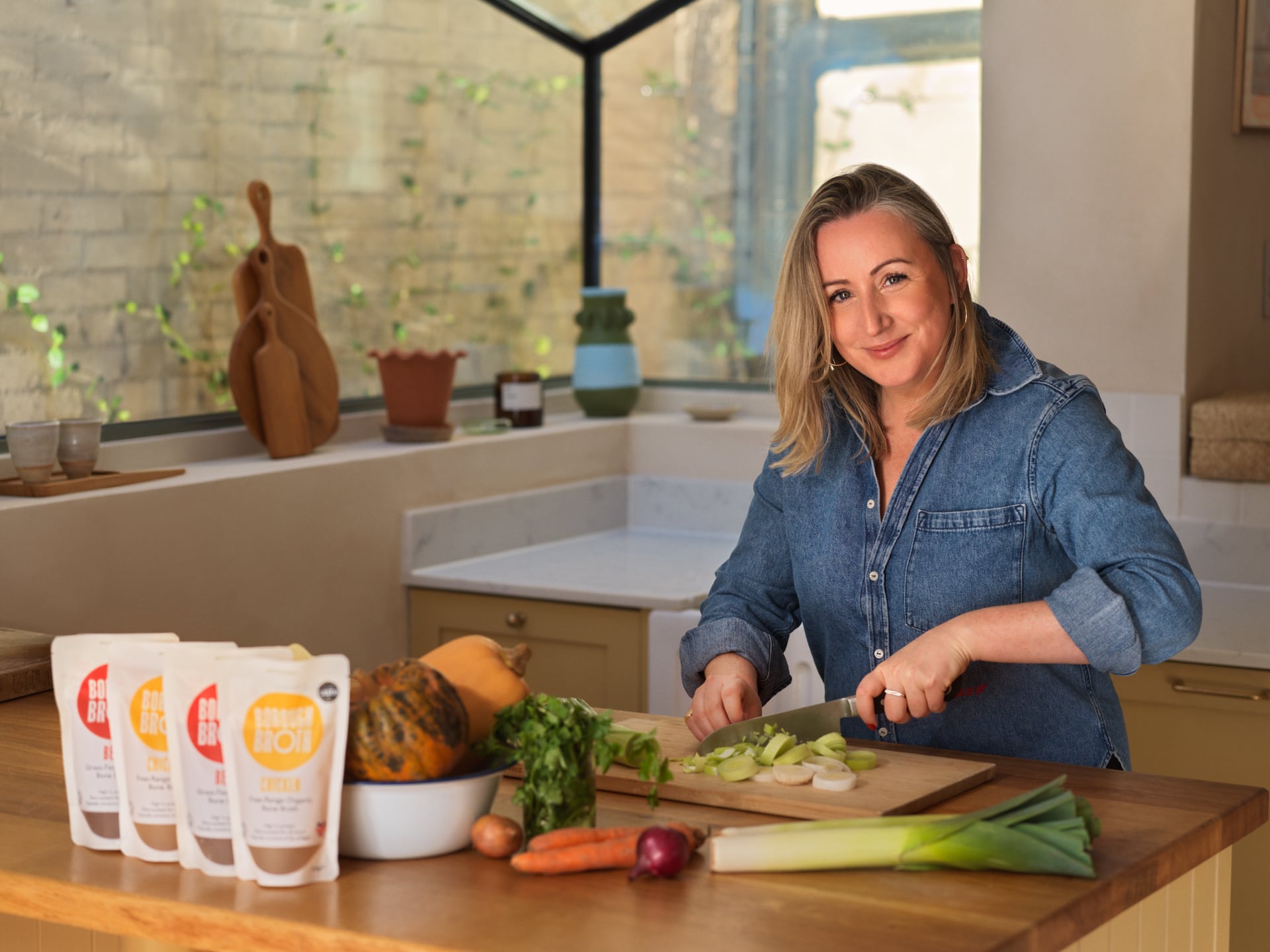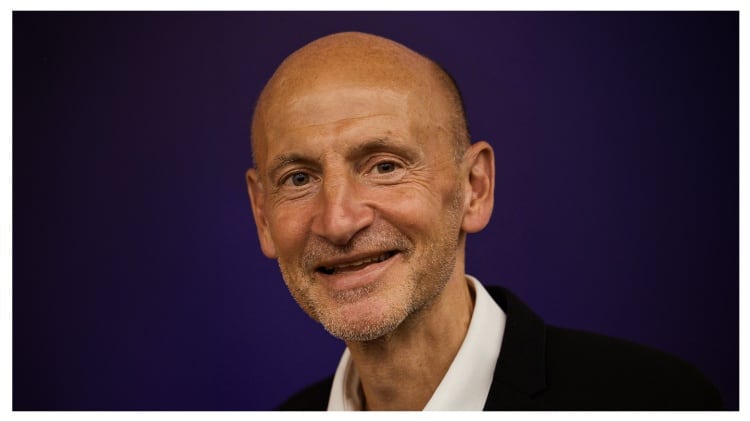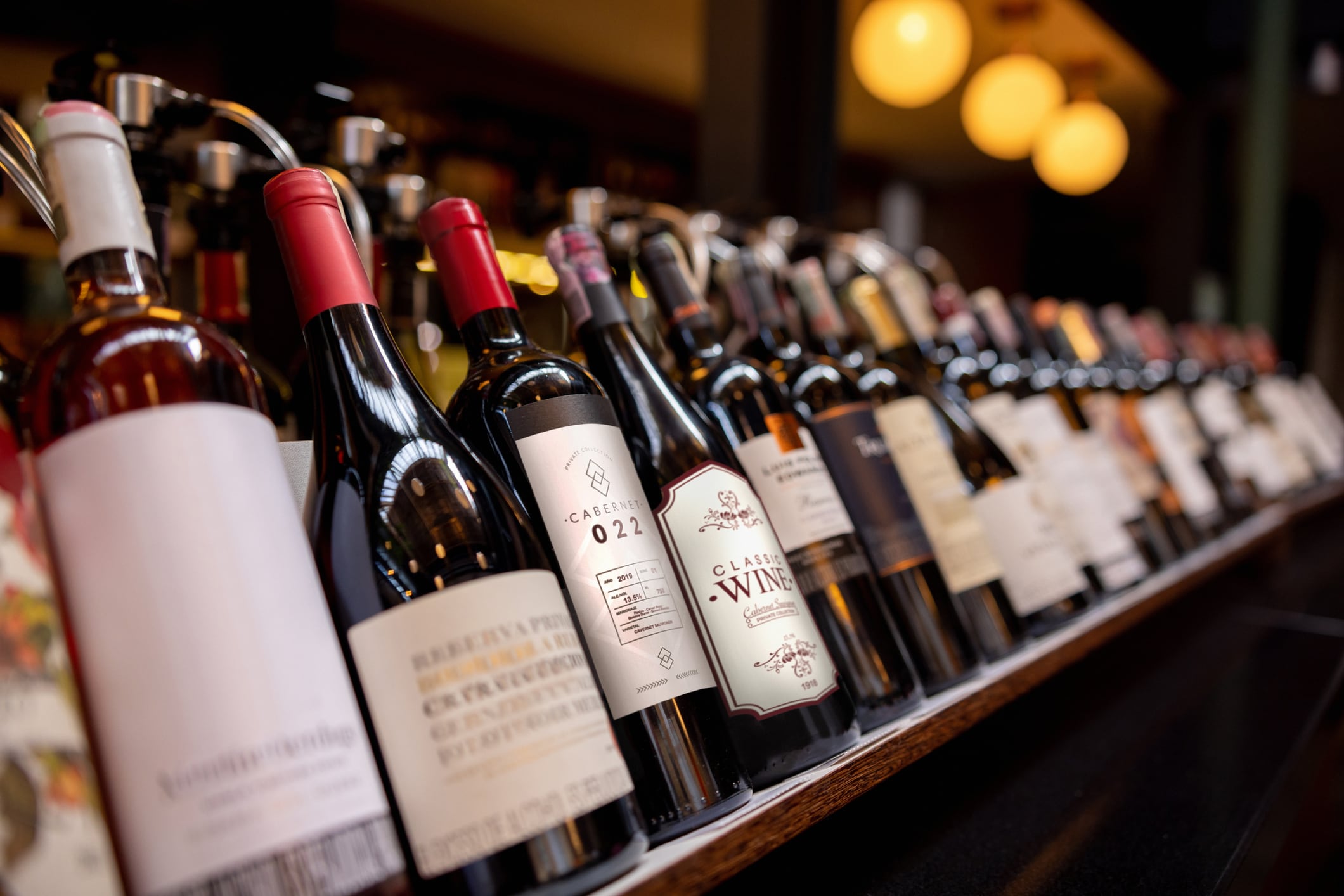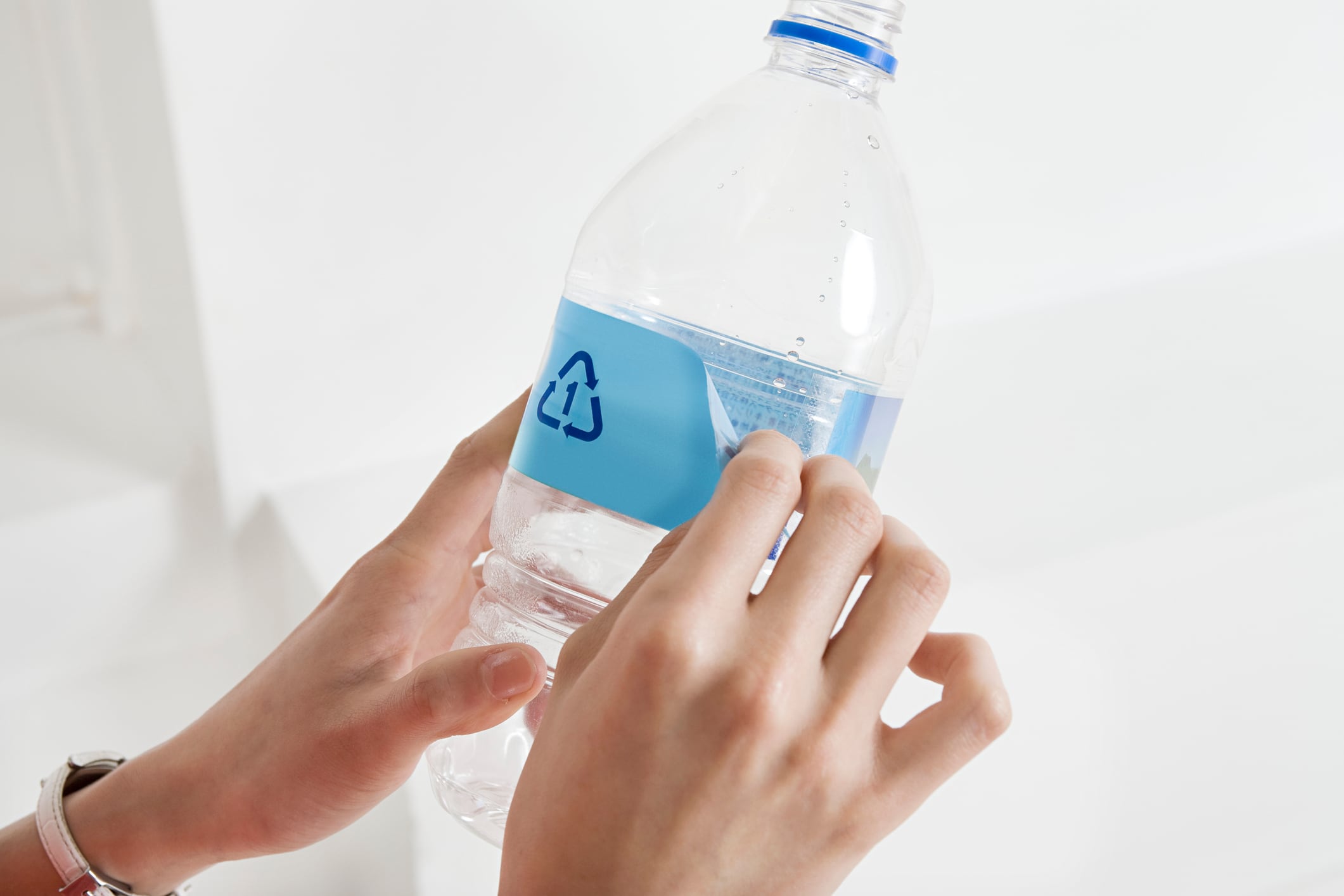When I launched Borough Broth in 2015, the decision on packaging was, whilst very considered, relatively straightforward. I started the business on a mission to reduce waste, turning bones, a by-product often destined for landfill or pet food, into nourishing and delicious food for people. I wanted our packaging to reflect those values too.
At the time, I was running the business out of a tiny kitchen in East London, simmering bones, figuring out how to fill, label, pack and dispatch products, while also holding down a full-time office job. We were freezing the broth and I quickly realised I needed packaging that was practical and easy to transport.
I looked at all the options. Glass jars and plastic tubs didn’t cope well in the freezer - they took up too much space and weren’t suitable for sending directly to customers. Without a warehouse or packing line, I needed something efficient and reliable.
Flexible pouches made sense. They were lightweight, durable and space-saving. We could store hundreds of flattened pouches in the space it would take to hold a few cases of jars. This wasn’t about novelty or aesthetics, it was about what worked across storage, packing, delivery and freezing.
At one point we explored other formats. The only serious contender was plastic-lined cartons, but the high heat treatment they required changed the flavour and texture of the broth. It didn’t sit right with me to put a slow-cooked product through that level of processing just to give it a two-year shelf life. We were trying to make something nourishing, something that felt close to homemade but could scale responsibly. The packaging had to support our goal to reduce food waste, make broth more widely available, and use the most sustainable option we could find at the time.
I poured over everything I could get my hands on. Weight, production energy, storage space, transport impact, recyclability and product wastage. Flexible pouches came out on top more often than not.
‘Glass can be equally problematic’
Packaging is often judged by what it’s made from, but not enough by what it prevents. That’s a misconception we’ve tried to gently challenge. No format is perfect. You’re constantly navigating food safety, shelf life, transport, usability, cost and carbon footprint.
Plastic tends to be criticised most, often because it’s visible. But materials like glass, which are seen as more ‘natural’, can be equally problematic. It’s energy-intensive to make, heavy to move and breaks easily. All of that adds up through the supply chain. What ends up on a shelf is only the final step. The bigger impact often happens well before that.
We’ve always tried to take a full view of the system, not just what looks best to the customer. Back in 2017, I wrote and pitched a documentary brief to explore what really happens to packaging after it’s used. How waste is processed in the UK, how that compares to other countries, and what the data actually shows. It troubled me how little public understanding there was. Most of us have no idea where our waste goes, or what it takes to process it properly.
That same year, Blue Planet II aired. The image of a seahorse gripping a plastic cotton bud had a real emotional impact. It made people feel something, which is important. But it also simplified the conversation. Not all plastics are equal, and not all materials that look ‘eco’ perform better. The problem is bigger and more complicated than what you see floating in the ocean.
Over the years, we’ve tested other materials. We’ve always stayed open. But packaging hot-filled liquids is tough. Most materials can’t handle the heat or maintain a safe seal. Some shorten the shelf life, others impact taste. So far, nothing has performed as well as the pouch within the way we work.
In 2020, we were one of the first brands to move to mono-materials, which made our pouches easier to recycle. They’re still not accepted through household systems, which is frustrating, but we’re ready for when the infrastructure catches up. It’s a technical improvement that isn’t yet practical. Since then, we’ve continued looking for something better, but each new format we’ve explored has fallen short somewhere else.
Packaging regulation: Still a lot of unknowns
In March 2027, flexible plastic packaging will finally be collected at the kerb in England, with similar changes expected across Scotland, Wales and Northern Ireland. This will include retail and mail-order packaging, and sits within broader Simpler Recycling reforms and the revised Extended Producer Responsibility (EPR) scheme.
It won’t solve everything overnight, but it’s an important shift. The challenge now is what comes after collection. The real work is in sorting and processing at scale, and turning those materials into something useful.
We’ve registered and submitted our data for EPR, but we still don’t know what the cost will be. Without clarity, it’s hard to plan. If fees are fair and proportionate, we’ll absorb them. But if they’re inconsistent or too high, they’ll impact what we’re able to invest in elsewhere.
We do have a compliance manager, but not a team that can work on this full time. And while we’re above the £2 million turnover and 50-tonne packaging threshold, that doesn’t make us a large company. In food and drink terms, £2 million is still small. Budgets are tight, and people often assume a business our size is very profitable. That’s not always the case, especially when you manufacture yourself.
We’ve put significant time, money and effort into trying to improve. The investment has been real. And while we’ve learned a lot, the reality is that the packaging landscape for hot-filled products hasn’t progressed much. We’re not closed off to change, we’re just being honest about what works for now.
Looking ahead, we’d love to see a truly circular system. Reusable packaging that can be collected, washed and reintroduced into the supply chain. Something simple and consistent, like the old milk bottle model but applied more widely. That would take joined-up logistics, local infrastructure and meaningful investment. It’s possible, but the groundwork hasn’t been laid yet.
It’s frustrating to see some of the most promising reuse schemes stall. Without serious support and proper collaboration between retailers, producers and policymakers, these systems won’t survive long enough to scale.
We’re ready to be part of whatever comes next - but we can’t build it alone.
So we keep doing what we can. We stay curious, we test things and we try to be transparent about the compromises. We’ve never claimed to be plastic-free or perfect. We just try to make informed decisions with the tools we’ve got, and we’re always ready to pivot when a better option comes along.
We hope that larger producers with bigger budgets will help lead the way. But more often than not, it’s challenger brands like ours that take the first steps. As the name suggests, we try to challenge assumptions and show what’s possible, but real progress will come through working together across the industry.
Five minutes with Ros Heathcote
Tell us about yourself
I’m Ros Heathcote, founder of Borough Broth. I started out in tech, working as a data analyst and programmer. Ten years ago, I started making organic bone broth in a small East London kitchen. Eight years ago I raised a bit of investment from friends and family and quit my job to scale and grow the business. It’s been a slow, steady build ever since.
How long have you been a member of BLF?
Only a few months, but it’s already been so valuable. I’ve learned a lot, met some brilliant people, and found it to be a very open and collaborative space.
Tell us about your business
We make slow-cooked, traceable organic broth and, more recently, organic dal. Everything is made in-house under our new umbrella, ‘What on Earth’. We work with a mix of small British farms and certified organic processors. It’s all about making good food with integrity and transparency.
What’s your expert topic?
Supply chain integrity. Knowing where your ingredients come from, how they’re handled, and what compromises are made along the way. We try to keep those compromises to a minimum.
What’s something you want to learn more about?
How reuse and circular systems can work outside of major cities. I’d love to see real, scalable models that don’t rely on postcodes or infrastructure that only works in urban areas.
What is one thing you love about the F&B industry and one thing you’d like to change?
I love the creativity, but more than that, I love how much heart there is. Everyone I meet in this space, from retailers and small producers to farmers and manufacturers seems to genuinely care about what they do. Food brings people together. It can bridge differences. Making something that truly nourishes people is a privilege, and being part of an industry that holds that value is reassuring.
What I’d change is the view that F&B brands should scale like tech brands. This push for £0 to £10 million in a couple of years puts pressure on food systems and quality. I believe in steady, meaningful growth that supports suppliers, teams and customers along the way. It’s a less fashionable view, but one I’ve come to really appreciate.
Our next Business Leaders’ Forum will take place on 26 June 2025. If you’re a founder of a food business or a departmental head within a F&B manufacturing company – across any division, from technical to logistics to R&D, and of any size – from start-up to conglomerate – we want you to attend.
All you need to do is register here. Your application will be vetted, and subject to meeting the above requirements, you’ll receive details of the next event.
Once you have registered, you’ll become part of the Business Leaders’ community, receiving invites for future Forums and a special newsletter with exclusive content.




